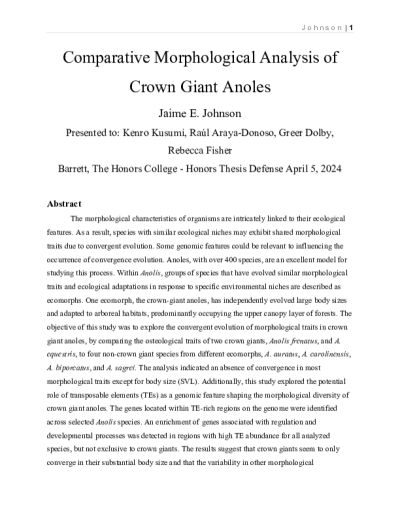



Members of the Delphinidae family are widely distributed across the world’s oceans. We used a viral metagenomic approach to identify viruses in orca (Orcinus orca) and short-finned pilot whale (Globicephala macrorhynchus) muscle, kidney, and liver samples from deceased animals. From orca tissue samples (muscle, kidney, and liver), we identified a novel polyomavirus (Polyomaviridae), three cressdnaviruses, and two genomoviruses (Genomoviridae). In the short-finned pilot whale we were able to identify one genomovirus in a kidney sample. The presence of unclassified cressdnavirus within two samples (muscle and kidney) of the same animal supports the possibility these viruses might be widespread within the animal. The orca polyomavirus identified here is the first of its species and is not closely related to the only other dolphin polyomavirus previously discovered. The identification and verification of these viruses expands the current knowledge of viruses that are associated with the Delphinidae family.
Agassiz’s desert tortoise (Gopherus agassizii) is a long-lived species native to the Mojave Desert and is listed as threatened under the US Endangered Species Act. To aid conservation efforts for preserving the genetic diversity of this species, we generated a whole genome reference sequence with an annotation based on deep transcriptome sequences of adult skeletal muscle, lung, brain, and blood. The draft genome assembly for G. agassizii has a scaffold N50 length of 252 kbp and a total length of 2.4 Gbp. Genome annotation reveals 20,172 protein-coding genes in the G. agassizii assembly, and that gene structure is more similar to chicken than other turtles. We provide a series of comparative analyses demonstrating (1) that turtles are among the slowest-evolving genome-enabled reptiles, (2) amino acid changes in genes controlling desert tortoise traits such as shell development, longevity and osmoregulation, and (3) fixed variants across the Gopherus species complex in genes related to desert adaptations, including circadian rhythm and innate immune response. This G. agassizii genome reference and annotation is the first such resource for any tortoise, and will serve as a foundation for future analysis of the genetic basis of adaptations to the desert environment, allow for investigation into genomic factors affecting tortoise health, disease and longevity, and serve as a valuable resource for additional studies in this species complex.
Data Availability: All genomic and transcriptomic sequence files are available from the NIH-NCBI BioProject database (accession numbers PRJNA352725, PRJNA352726, and PRJNA281763). All genome assembly, transcriptome assembly, predicted protein, transcript, genome annotation, repeatmasker, phylogenetic trees, .vcf and GO enrichment files are available on Harvard Dataverse (doi:10.7910/DVN/EH2S9K).


Heat shock factors (HSFs) are transcriptional regulators that play a crucial role in the cellular response to environmental stress, particularly heat stress. Understanding the evolution of HSFs can provide insights into the adaptation of organisms to their changing environments. This project explored the evolution of HSFs within tetrapods, a group of animals that includes amphibians, reptiles, turtles, and mammals. Through an analysis of the available genomic data and subsequent genomic methodologies, HSFs have undergone significant changes throughout tetrapod evolution, as evidenced by loss events observed in protein sequences of the species under examination. Moreover, several conserved and divergent regions within HSF proteins were identified, which may reflect functional differences between HSFs in different tetrapod lineages. Our findings suggest that the evolution of HSFs has contributed to the adaptation of tetrapods to their diverse environments and that further research on the functional and regulatory differences between HSFs may provide a better understanding of how organisms cope with stress in heat-stressed environments.

